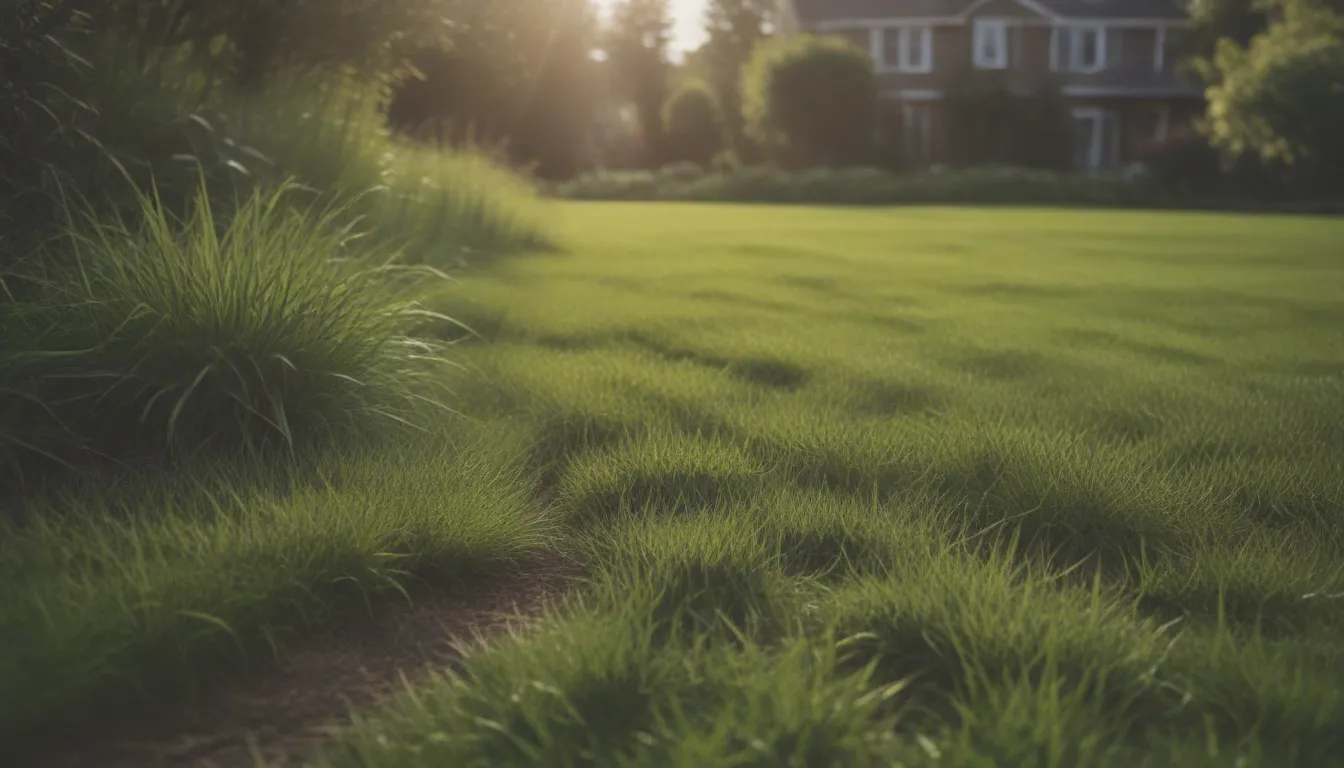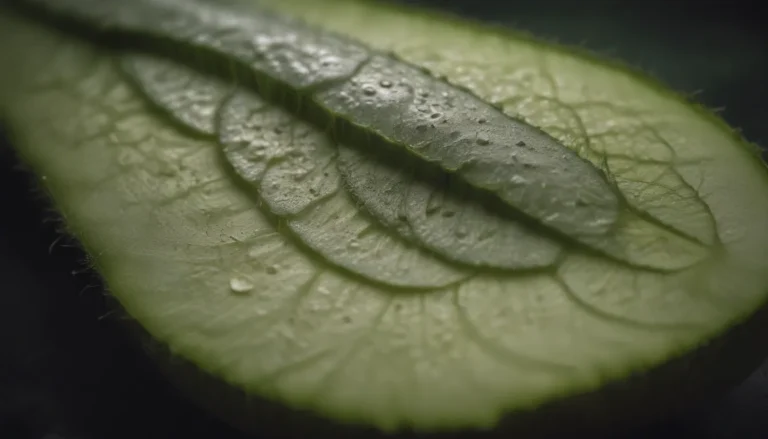Maximizing Your Lawn’s Potential: A Comprehensive Guide to Fertilizing Your Lawn

Are you looking to have the lushest, greenest lawn on the block? One of the key factors in achieving a beautiful lawn is proper fertilization. Many homeowners apply lawn fertilizer in the spring, but do you know when the best time to fertilize your lawn is? In this article, we will explore the different timing for fertilizing your lawn in the spring and provide valuable information on what types of fertilizers to use.
The Science Behind Fertilizing Your Lawn
Spring Fertilization Timing
When it comes to fertilizing your lawn in the spring, timing is crucial. The ideal time for that first application is in late spring when the grass is beginning to grow vigorously. Applying fertilizer too early in the season can divert the plant’s energy into leaf development too soon, hindering root development. A healthy lawn will be a light shade of bright green, while a deep, almost blackish green color indicates heavy fertilization with nitrogen-based fertilizers.
Debating the Use of Fertilizer
The decision to use fertilizer on your lawn depends on your stance on organic gardening practices. Organic gardeners prefer to avoid chemical products as lawn fertilizers due to concerns over fertilizer runoff contaminating water supplies. However, there are organic methods of feeding your lawn, such as using a mulching mower or organic fertilizers made from natural materials.
Non-organic Fertilization
Traditional chemical lawn fertilizers remain a popular choice for many homeowners and are widely available at stores. These fertilizers come in various forms, including early-season, midsummer, and late-season mixes. Some fertilizers also contain herbicides to kill weeds while feeding the grass. It’s important to follow recommended dosages and feeding schedules to avoid over-fertilizing.
Tips for Fertilizing Your Lawn
How Much Fertilizer to Apply
Most fertilizer manufacturers tend to overstate the recommended dosage, so it’s best to start with half the recommended amount and adjust based on your lawn’s needs. It’s essential to observe how your lawn reacts to the fertilizer over a season or two to determine the right amount for a healthy lawn.
Fertilizer Application Timing
The timing of fertilizer applications can vary based on your lawn’s needs and your region. Organic lawn care methods may involve a single application in the early fall, while traditional fertilizers may require two to three light applications per growing year. It’s crucial to plan fertilizer applications during periods of rainfall to ensure proper absorption by the soil.
When to Apply Lawn Fertilizer in Spring
For those who fertilized their lawn in the previous fall, the slow-release function of the fertilizer will aid in spring grass growth. Turf specialists recommend waiting until late spring before fertilizing your lawn to ensure the grass is thriving and ready for summer. Adequately feeding your lawn in late spring can help it withstand the stresses of summer.
Feeding the Lawn in Summer and Fall
Your lawn’s needs may vary depending on the type of grass you have, with cool-season grasses requiring different care than warm-season grasses. While warm-season grasses can thrive with fertilization throughout the growing season, cool-season grasses may need different treatments. Consider mild doses of “turf-builder” fertilizers in early to mid-fall to prepare your lawn for winter.
Choosing the Best Fertilizer for Your Lawn
When selecting a lawn fertilizer, it’s essential to consider the type of grass you have and the climate in your region. Granular fertilizers provide longer-lasting benefits, while liquid fertilizers offer faster results. Pay attention to the nitrogen and salt levels in the soil to avoid over-fertilization, which can damage your lawn. It’s best to wait for a day after rain before applying fertilizer to ensure proper absorption by the soil.
In conclusion, proper fertilization is essential for maintaining a healthy and beautiful lawn. By understanding the best timing for fertilizing your lawn and choosing the right type of fertilizer, you can ensure your lawn thrives throughout the growing season. Remember to observe how your lawn responds to fertilization and adjust your practices accordingly. With the right knowledge and care, you can achieve a vibrant, lush lawn that will be the envy of your neighborhood.
For more information on lawn care and fertilization, consult resources such as the United States Environmental Protection Agency, university horticulture departments, and extension offices. Happy fertilizing!





